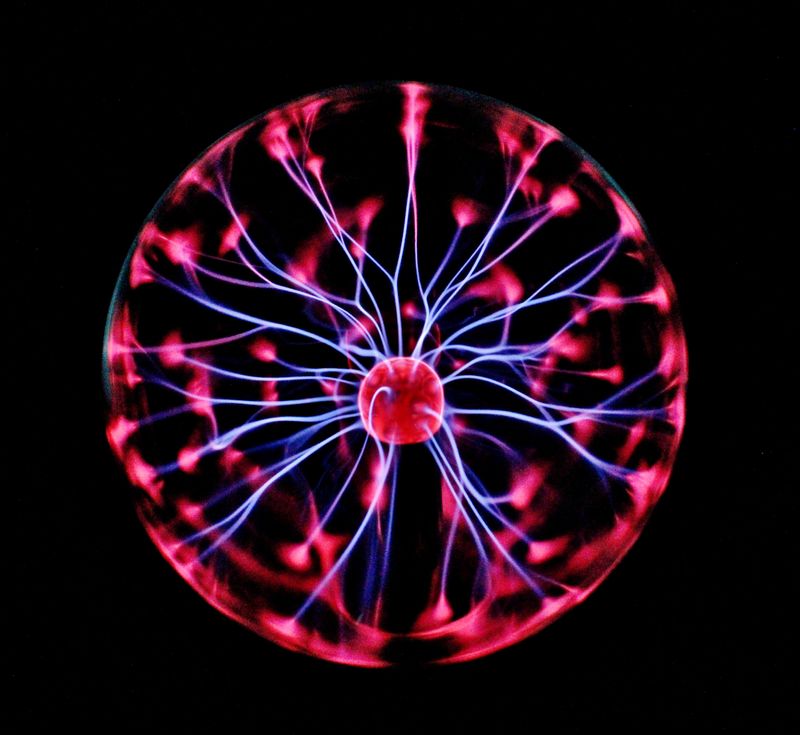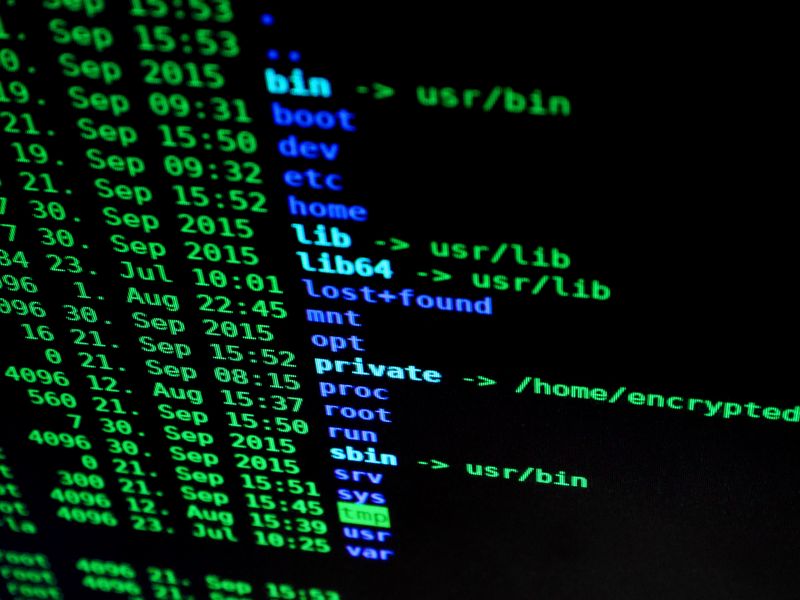Cybersecurity and the Rise of Machine Trust
Introduction
In today’s technologically driven world, our reliance on machines and automation has increased significantly. From navigation apps like Waze to virtual assistants like Siri, we trust algorithms and artificial intelligence to guide us and make our lives easier. However, when it comes to cybersecurity, a significant number of individuals and organizations still struggle with trusting technology. This article explores the reasons behind this lack of trust and offers suggestions for building trust in cybersecurity automation.
The Human Tendency to Distrust Innovation
Throughout history, humans have displayed a tendency to distrust and resist new innovations. This skepticism is not limited to technology alone – it is a recurring pattern that has manifested itself in various contexts. The Luddites in the 19th century destroyed machinery that improved productivity in factories, and there was public outcry against the proposed subway system in Boston that aimed to reduce horse dung on the streets.
Similarly, in the realm of cybersecurity, despite the increasing complexity of the cyber-threat landscape and the shortage of skilled workers, trust in automated solutions remains a key barrier to adoption. Automation has the potential to alleviate the burden on cybersecurity professionals, yet a significant percentage of Chief Information Security Officers (CISOs) remain skeptical of its importance.
Understanding Trust in Technology
To understand trust in technology, we must recognize the greater context in which it operates. While it is true that every innovation has flaws, so do many existing technologies. For instance, elevators and escalators cause thousands of injuries each year, and toilet seat-related accidents are also alarmingly common. The question then arises: Where does the real danger lie – in technology or in human error?
Despite the flaws, most individuals are already deeply immersed in a relationship with technology. We rely on algorithms for entertainment, virtual assistants for assistance, and navigation apps to guide us. We trust technology to fulfill our needs and enhance our lives. Although not quite at the level depicted in the movie “Her,” where humans develop emotional connections with artificial intelligence, we are steadily heading in that direction.
Building Trust in Cybersecurity Automation
Given the evident benefits of automation in addressing cybersecurity challenges, it is crucial to build trust in these technologies. The first step is for CISOs and cybersecurity leaders to implement automation and consistently validate its outcomes. By regularly checking the validity of automated results, trust in subsequent outcomes can be strengthened.
It is important to approach automation with an objective cost-benefit analysis that highlights its value in the cybersecurity domain. Despite the concerns, the advantages of automation far outweigh the potential drawbacks. Adopting a proactive and vigilant approach to validating outcomes will instill trust in the effectiveness of automated solutions.
Editorial: Trust, Risk, and the Future
In today’s interconnected world, relying solely on human intervention and manual processes is no longer a viable option. The cyber-threat landscape is continually evolving, and skilled cybersecurity professionals are in short supply. Automation offers a solution to these challenges, but embracing it requires a fundamental shift in mindset.
As with any innovation, there are risks associated with automation, but the potential benefits cannot be ignored. Trust in technology must be informed by an understanding of the limitations of human intervention and the growing sophistication of cyber threats. It is only by placing trust in automation and consistently validating its outcomes that progress can be made in safeguarding our digital ecosystems.
Advice: Navigating the Path Ahead
For individuals and organizations hesitant to embrace cybersecurity automation, it is essential to consider the potential consequences of inaction. The cyber-threat landscape is relentless, and skilled cybersecurity professionals are in high demand. By leveraging automation, organizations can enhance their defense capabilities and better protect their digital assets.
It is crucial for CISOs and cybersecurity leaders to educate themselves about the benefits and risks of automation. They should actively engage with trusted vendors and industry experts to understand how automation can be effectively implemented to meet their specific needs. Additionally, regular validation of automated outcomes will help build trust in the reliability and effectiveness of these technologies.
In conclusion, trust in technology, from navigation apps to cybersecurity automation, is vital for our future. Innovation and progress require us to let go of our inherent skepticism and embrace the potential that automation offers. While challenges and risks exist, the path forward lies in building trust in the machines we create. Only then can we fully harness the power of automation to protect our digital infrastructure and ensure a secure future.

<< photo by cottonbro studio >>
The image is for illustrative purposes only and does not depict the actual situation.
You might want to read !
- Freeze[.]rs Injector Weaponized for XWorm Malware Attacks: A Dangerous New Attack Alert
- Silent Security: Navigating the Perils of Typing your Password During a Meeting
- “Unveiling the Elusive Statc Stealer: Guarding Your Sensitive Data Against Malware Threats”
- Is Cloud Security the Next Frontier? Kivera Raises $3.5 Million in Seed Funding
- Government Report Exposes Dark Side: How Smart Devices Fuel the Scourge of Domestic Violence




